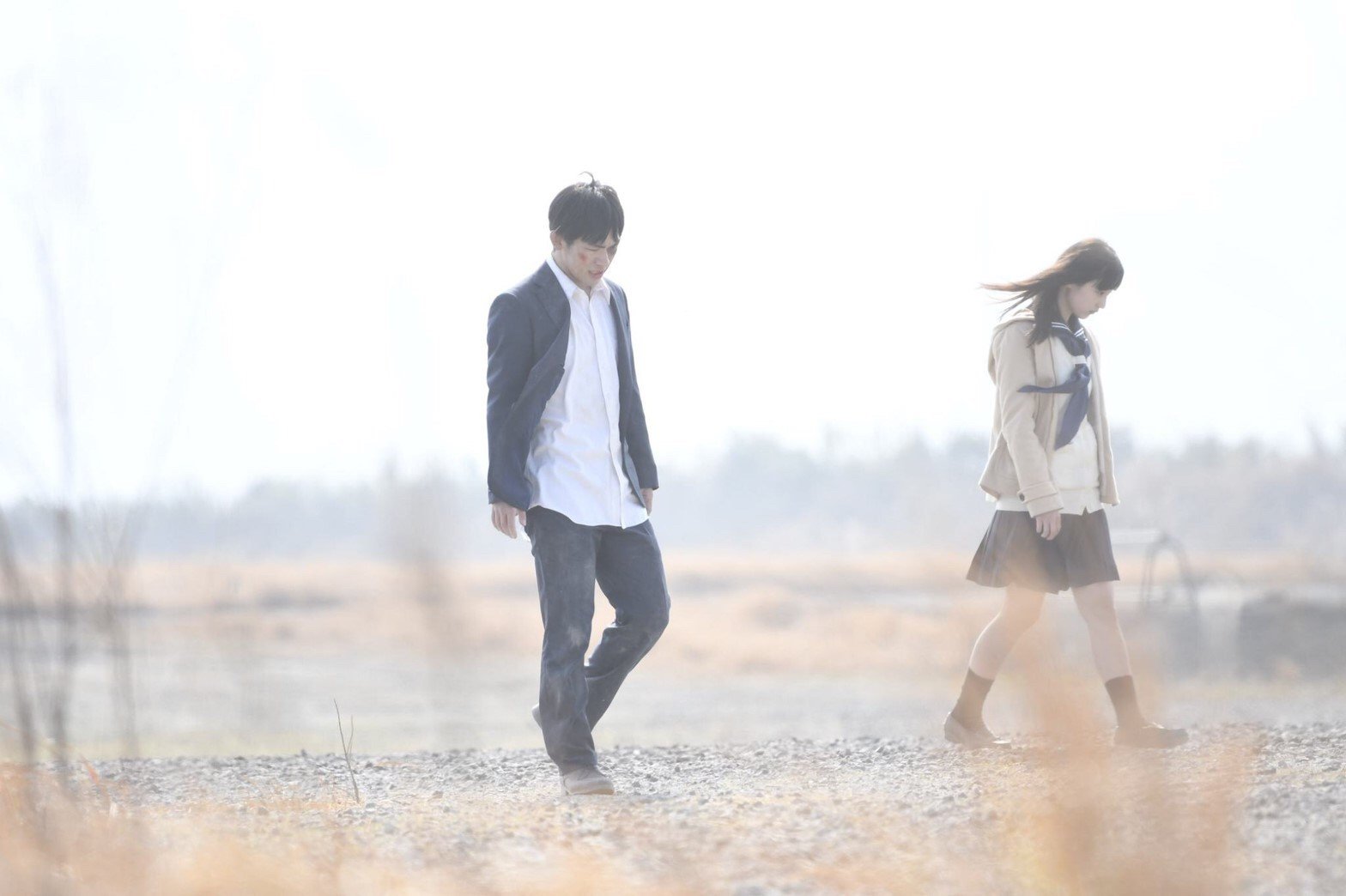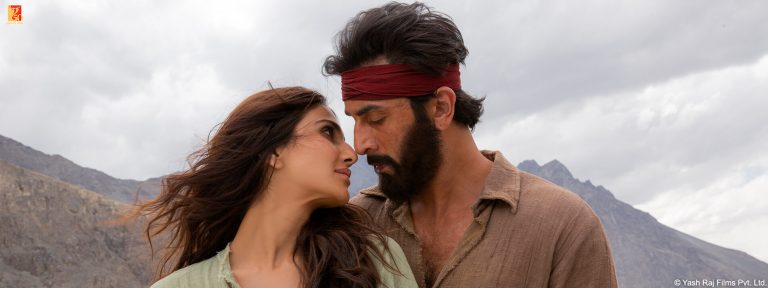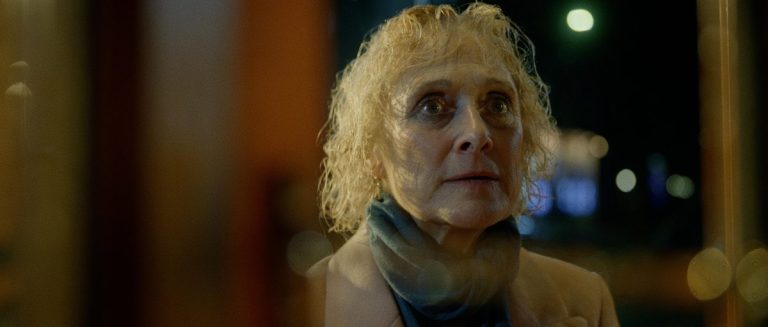The aesthetically pleasing cinema of Sabu (aka Hiroyuki Tanaka) often offers a quirky blend of genres. When the mixture of merriment and the director’s manic energy is splendidly structured alongside an emotional core there’s an undeniable charm to it. One of the best examples of that is Sabu’s Mr. Long (2017), an engrossing story about a Takeshi Kitano-esque Taiwanese hitman running a noodle stand in Japan. Despite a free-floating structure and erratic tonal shifts, Sabu’s characterization of the killer protagonist is pretty interesting that you can gradually attune yourself to the movie’s rhythm. Nevertheless, it’s not the case with all of the works in his oeuvre, where Sabu’s imaginative ways can’t overcome the shortcomings of genre integration and lack of emotional involvement. Dancing Mary (2020), a light-hearted story of ostracized individuals, falls into the latter category.
Dancing Mary is a sporadically funny ghost story flitting between genres such as jidai-geki, horror, fantasy, and social drama. Moreover, it deals with the distinctly Japanese themes of peer pressure, bullying, construction frenzy, bungling bureaucracy, and the shock of being an ‘outsider’. But the annoyingly underwritten script disengages us from the proceedings. The film opens at an old dance hall that is haunted by the eponymous character. The tempestuous spirit not only assaults the exorcists but also single-handedly sabotages the municipal office’s efforts to demolish the building.
Related to Dancing Mary: Jam [2019]: ‘NYAFF’ Review – A Fairly Enjoyable Collision Course
The faded, isolated dance hall is to be replaced with a sprawling complex. A rookie member of the team, Fujimoto, in charge of demolition is assigned the task of employing mediums to kick out the ghost. The search leads to a high-school girl with ‘Carrie-like’ superpowers. Like the kid in Shymalan’s The Sixth Sense (1999), the girl can see ‘dead people’. What is more, when Fujimoto touches her hands he can also see the ghosts; the visual gimmickry shows the colors of the world suddenly draining out. The girl learns that Mary can’t be evicted unless she meets her ghostly boyfriend, Johnny.

Meanwhile, the inane municipal office members hire yakuza to smooth out the construction plan. The idea only backfires. In a way, it’s as if Sabu can’t make a movie without doing good yakuza-bad yakuza. Fujimoto and the girl set off on a road trip, asking random ghosts whether they know the whereabouts of Johnny. Eventually, they travel to Taiwan to free dead Johnny from dead yakuza thugs. Of course, Dancing Mary doesn’t take itself very seriously which is evident in its farcical tone. However, the presentation is too corny that apart from the few chuckle-worthy gags, it happens to be an empty genre-mixture exercise.
Writer/director Sabu keeps hinting at the existential emptiness felt by the younger generation. In Fujimoto’s case, his emptiness is exacerbated by his position as a bureaucrat/civil servant, probably one of the most reviled professions on the planet. Later ‘finding the purpose’ becomes the mantra for our protagonist when he accidentally meets two old cancer-stricken women at a hospital, grilling him about his life and choices.
Also Read – Suffering Of Ninko [2017]: NYAFF Review
It was the movie’s most hilarious scene as the elderly woman facing death laugh at Fujimoto’s serious-mindedness. Sabu also highlights Japan’s construction frenzy and the curse of living in the fringes of Japanese society. But as I mentioned earlier, all such thematic strands don’t fit into the constantly changing genre framework and due to its flat characters.
Overall, Sabu’s Dancing Mary (105 minutes) falls well short of being an enjoyable blend of multiple genres. It’s less unique and more of an obligatory take on the tale of outcasts – ghostly and the still-living.




![We are Living Things [2022]: ‘Slamdance’ Review – Aliens searching for Aliens while dealing with existential alienation](https://79468c92.delivery.rocketcdn.me/wp-content/uploads/2022/01/We-Are-Living-Things-Slamdance-768x432.jpg)
![Made in Bangladesh [2019]: ‘TIFF’ Review – A Colorful Empowering Film for Women Around the World](https://79468c92.delivery.rocketcdn.me/wp-content/uploads/2019/09/Made-in-Bangladesh-highonfilms-768x384.jpg)
![An Angel at My Table [1990] – A Fitting Tribute to a Great Artistic Soul](https://79468c92.delivery.rocketcdn.me/wp-content/uploads/2017/03/An-Angel-at-my-Table-cover-768x429.jpg)
![Kingdom: Ashin of the North [2021] Netflix Review – An Entertaining Spin-Off and an Origin Story](https://79468c92.delivery.rocketcdn.me/wp-content/uploads/2021/07/Ashin-of-the-North-2021-768x512.jpeg)

